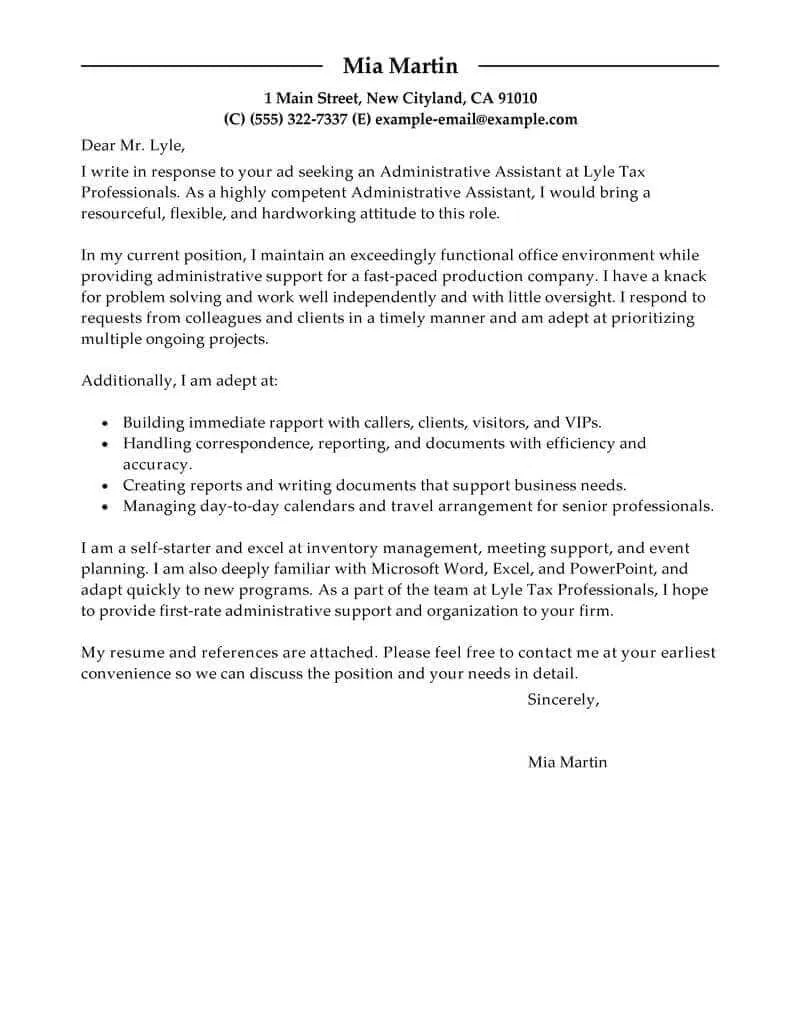Cover Letter Fundamentals
A cover letter is more than just a formality it’s your first chance to make a strong impression and demonstrate your enthusiasm for a specific role and company. Think of it as a narrative that complements your resume providing context and personality. It allows you to connect your skills and experiences directly to the job requirements, making a compelling case for why you are the ideal candidate. In today’s competitive job market, a well-crafted cover letter can significantly increase your chances of landing an interview. It shows you’ve done your homework and are genuinely interested, setting you apart from applicants who submit generic applications. This guide will walk you through every step of writing an effective cover letter that gets noticed.
Understanding the Purpose of a Cover Letter
The primary purpose of a cover letter is to introduce yourself to a potential employer and explain why you are a good fit for the position. Unlike your resume which lists your skills and experience, the cover letter provides an opportunity to elaborate on these qualifications and explain how they align with the company’s needs. It allows you to showcase your personality, writing skills, and passion for the job. Furthermore, a cover letter helps you demonstrate your understanding of the role, the company, and the industry. It’s your chance to show that you have not only the required skills but also the right attitude and motivation to succeed. By connecting your experiences to the job description, you make it easy for the hiring manager to see your potential contributions.
Key Components of a Cover Letter
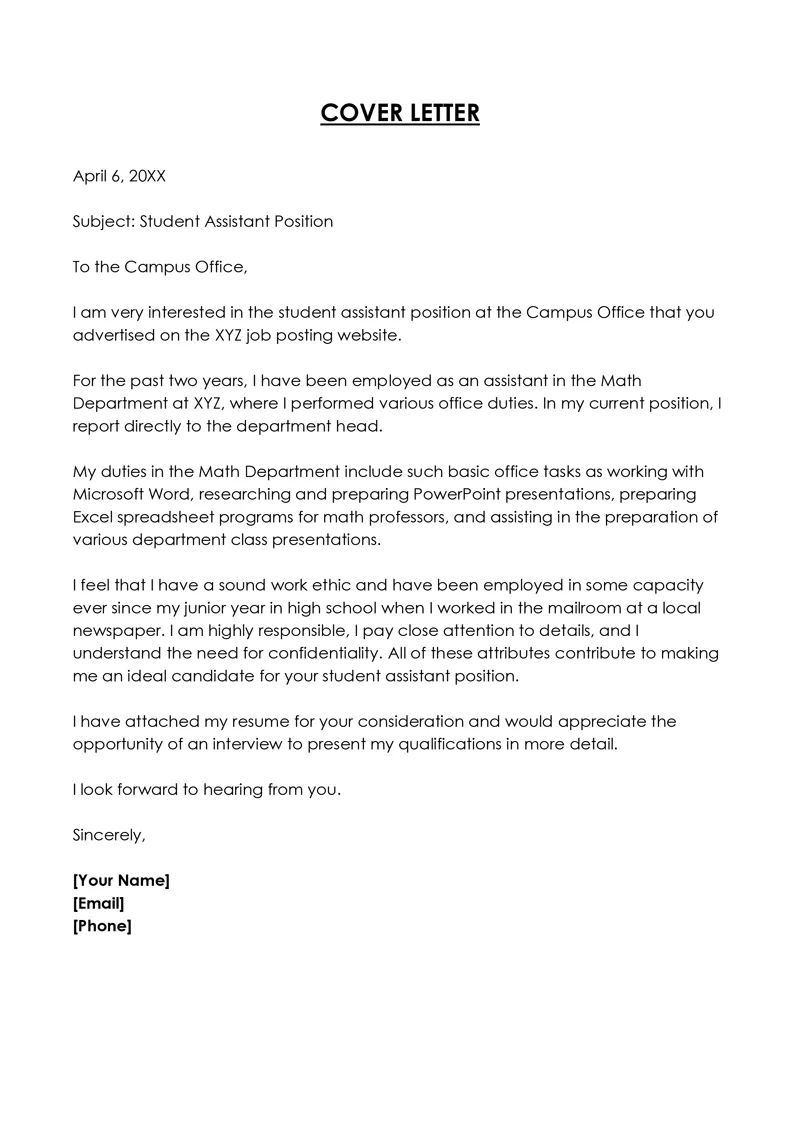
A well-structured cover letter includes several key components that work together to present a cohesive and persuasive argument. These components include a header with your contact information, a professional salutation, an engaging opening paragraph, a body that highlights your relevant skills and experiences, and a strong closing paragraph with a call to action. Each section plays a vital role in conveying your qualifications and interest. By carefully crafting each component, you can create a cover letter that effectively captures the hiring manager’s attention and encourages them to review your resume. It’s essential to make sure your letter flows smoothly and reads naturally, keeping the reader engaged from beginning to end.
Essential Elements for Each Part
Each part of your cover letter serves a specific purpose, and therefore requires thoughtful consideration. The header should include your name, address, phone number, and email address, along with the date and the recipient’s information. The opening paragraph should immediately capture the reader’s attention by stating the position you’re applying for and briefly explaining why you are interested in the role and the company. The body paragraphs should highlight your relevant skills and experiences, using specific examples to demonstrate your capabilities. The closing paragraph should reiterate your interest, express gratitude for their time, and include a call to action such as stating your availability for an interview. Each element must be clear, concise, and tailored to the specific job.
Formatting Your Cover Letter for Success
Formatting your cover letter appropriately is just as important as the content. A well-formatted letter is easy to read and gives a professional impression. Choose a standard font like Times New Roman, Arial, or Calibri, and use a font size between 10 and 12 points. Maintain consistent spacing throughout the document, typically single-spaced with a space between paragraphs. Use a clear and concise writing style, avoiding jargon and complex sentence structures. Proofread meticulously to eliminate any grammatical errors or typos. The overall look and feel of your cover letter should be clean and uncluttered to make it easy for the hiring manager to review the information.
Header and Contact Information
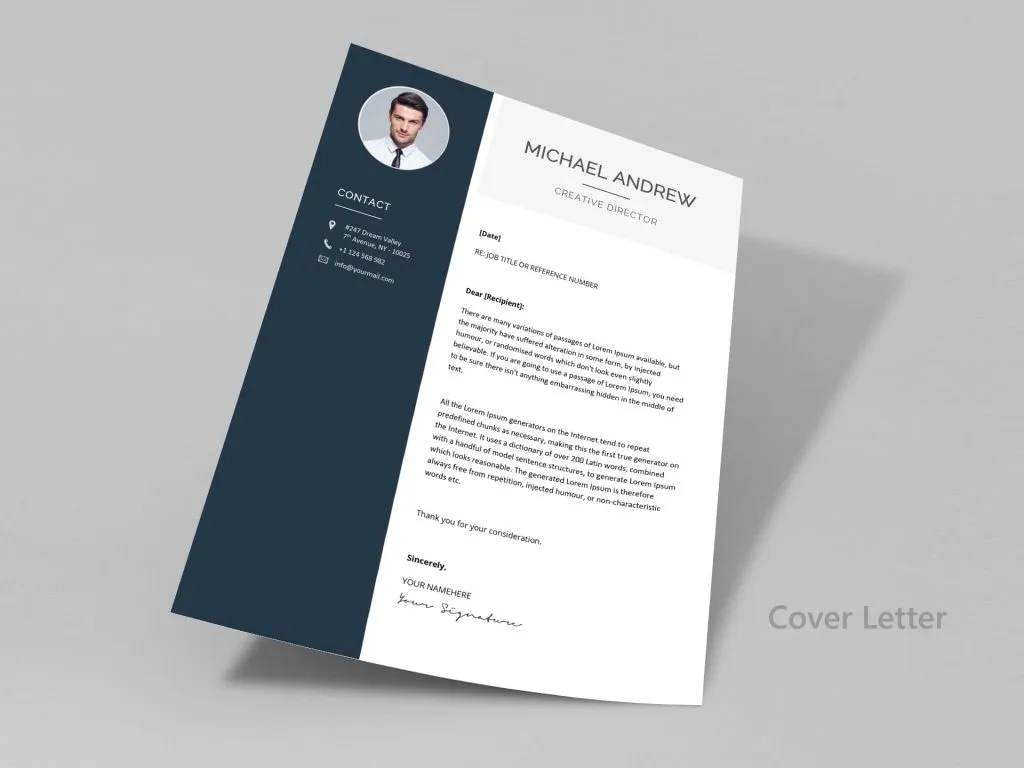
The header should include your name, address, phone number, and email address at the top left or right of the document. Use a professional-looking email address. Include the date, followed by the hiring manager’s name (if you know it), their title, and the company’s name and address. If you don’t know the hiring manager’s name, research it online or use a general salutation. Ensure the header is formatted consistently with the rest of the document and is easy to read. Accuracy in this section is crucial; incorrect contact information can lead to missed opportunities.
Professional Salutations
Start your cover letter with a professional salutation. If you know the hiring manager’s name, use “Dear Mr./Ms./Mx. [Last Name].” If you’re unsure, use “Dear Hiring Manager” or “Dear [Company Name] Hiring Team.” Avoid generic salutations like “To Whom It May Concern,” as they make your letter seem less personal. Ensure that the salutation matches the tone and formality of the job and the company’s culture. A personalized salutation shows that you’ve taken the time to research the company and demonstrates your attention to detail. It helps build a positive first impression.
Body Paragraphs Crafting a Compelling Narrative
The body paragraphs are where you make your case for why you are the right fit for the job. This section is your opportunity to expand on your qualifications and showcase your value. Use the STAR method (Situation, Task, Action, Result) to provide specific examples of your accomplishments. This method helps you demonstrate your skills and experiences in a clear and concise manner. Tailor each paragraph to the job description by highlighting the skills and experiences most relevant to the position. The body paragraphs should be engaging, informative, and persuasive, providing the hiring manager with compelling reasons to review your resume and consider you for an interview.
Opening Paragraph How to Grab Attention
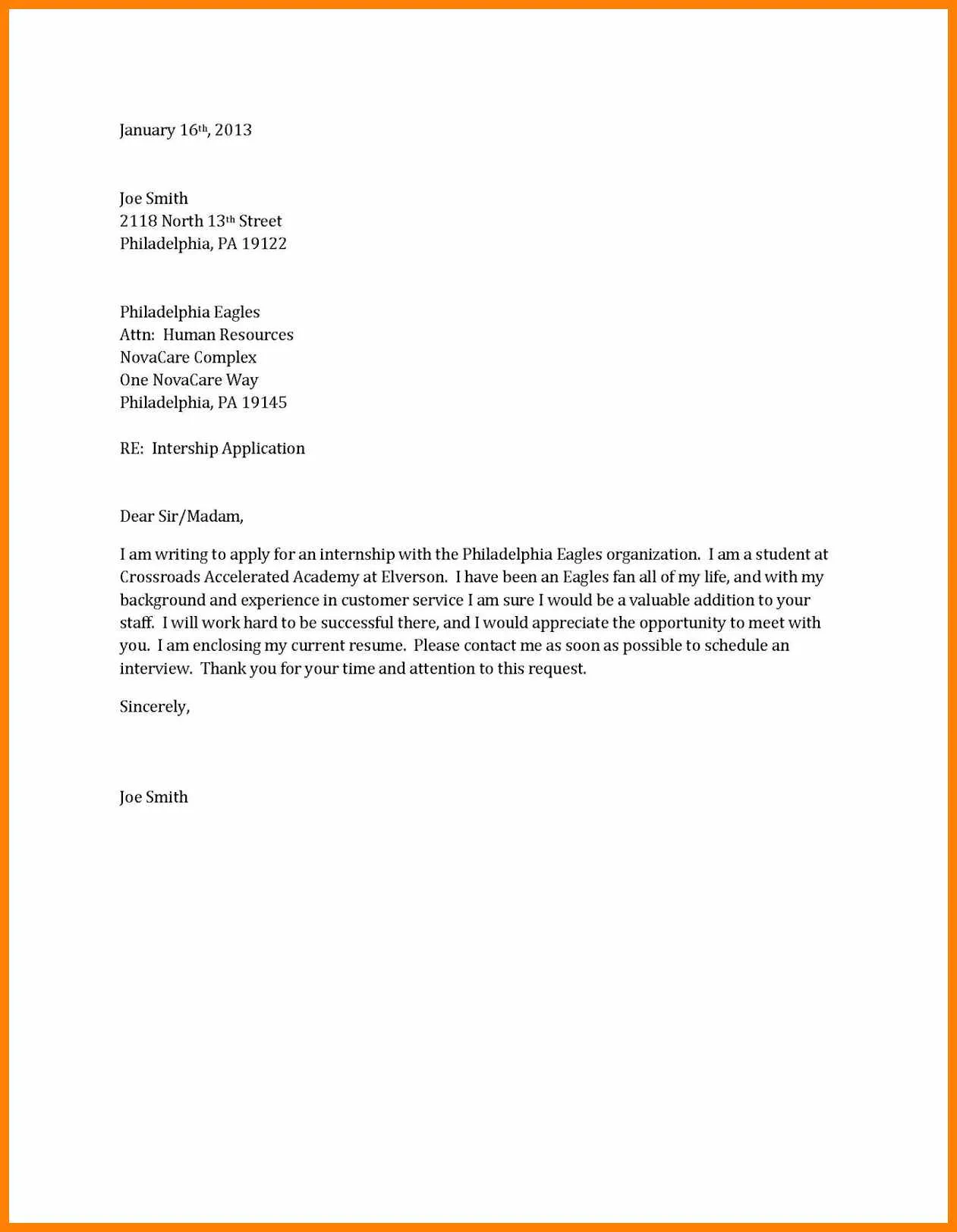
The opening paragraph is your first chance to grab the hiring manager’s attention, so it’s essential to make a strong impression. Start by stating the position you are applying for and where you found the job posting. Briefly explain why you are interested in the role and the company. Show genuine enthusiasm and connect your skills and experiences to the job requirements. Make it clear that you understand the company’s mission or values and that you are genuinely excited about the opportunity to contribute. Avoid generic opening lines; instead, personalize your introduction to make it more memorable and engaging. Mentioning a specific project, initiative, or company achievement that resonates with you can be a great way to demonstrate your interest.
Highlighting Your Value Proposition
Your value proposition is what you bring to the table. In your cover letter, articulate what makes you unique and how you can contribute to the company’s success. Highlight your key skills, experiences, and accomplishments that align with the job requirements. Use specific examples to demonstrate your ability to solve problems, achieve goals, and add value. Quantify your achievements whenever possible by providing metrics such as percentages, numbers, or results. Clearly articulate what you can do for the company, focusing on how your skills and experiences can benefit the team and the organization. Showcase your understanding of the company’s needs and how you can help them achieve their objectives.
Showcasing Relevant Skills and Experience
Use your cover letter to emphasize the skills and experiences most relevant to the job. Review the job description carefully and identify the key requirements and keywords. Provide specific examples of how you have demonstrated those skills in previous roles. Use the STAR method to describe situations, tasks, actions, and results, providing concrete evidence of your capabilities. Focus on accomplishments rather than simply listing your responsibilities. Explain how your skills and experiences have led to positive outcomes, such as increased sales, improved efficiency, or successful project completion. Tailor your examples to match the job requirements, ensuring that your letter reflects a clear understanding of the role and the company’s needs.
Closing Paragraph and Call to Action
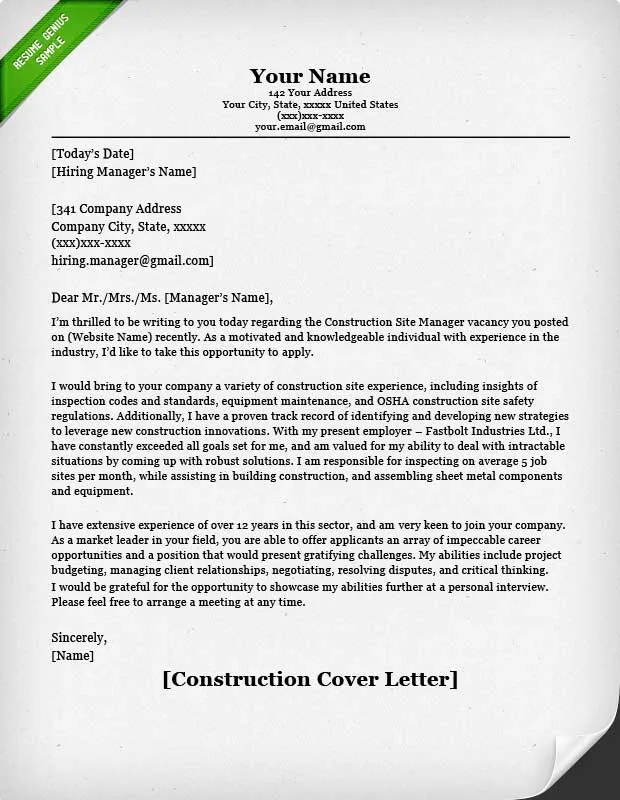
Your closing paragraph should reiterate your interest in the position and thank the hiring manager for their time and consideration. Express your enthusiasm and restate why you are a good fit for the role. Include a clear call to action by stating your availability for an interview and providing your contact information once more. Keep it concise, professional, and enthusiastic. Reiterate your commitment to the role and express your eagerness to discuss your qualifications further. End with a professional closing such as “Sincerely” or “Best regards,” followed by your name.
Tailoring Your Cover Letter to the Job
Customizing your cover letter for each job application is crucial for demonstrating your genuine interest and qualifications. Generic cover letters are easily spotted and often discarded. Tailoring your letter shows that you have invested time and effort in understanding the specific requirements of the role and the company. This increases your chances of making a positive impression and standing out from the competition. Each job is unique, and your cover letter should reflect that.
Researching the Company and Role
Before you start writing, research the company and the specific role. Visit the company’s website, read their “About Us” section, and explore their social media profiles. Understand their mission, values, and recent news. Read the job description carefully, highlighting the key requirements and desired skills. This research will help you tailor your cover letter to the company’s needs and demonstrate your understanding of the role. By understanding the company’s culture and goals, you can align your qualifications with their specific requirements. This makes your cover letter more relevant and persuasive.
Customizing Content Based on Job Requirements
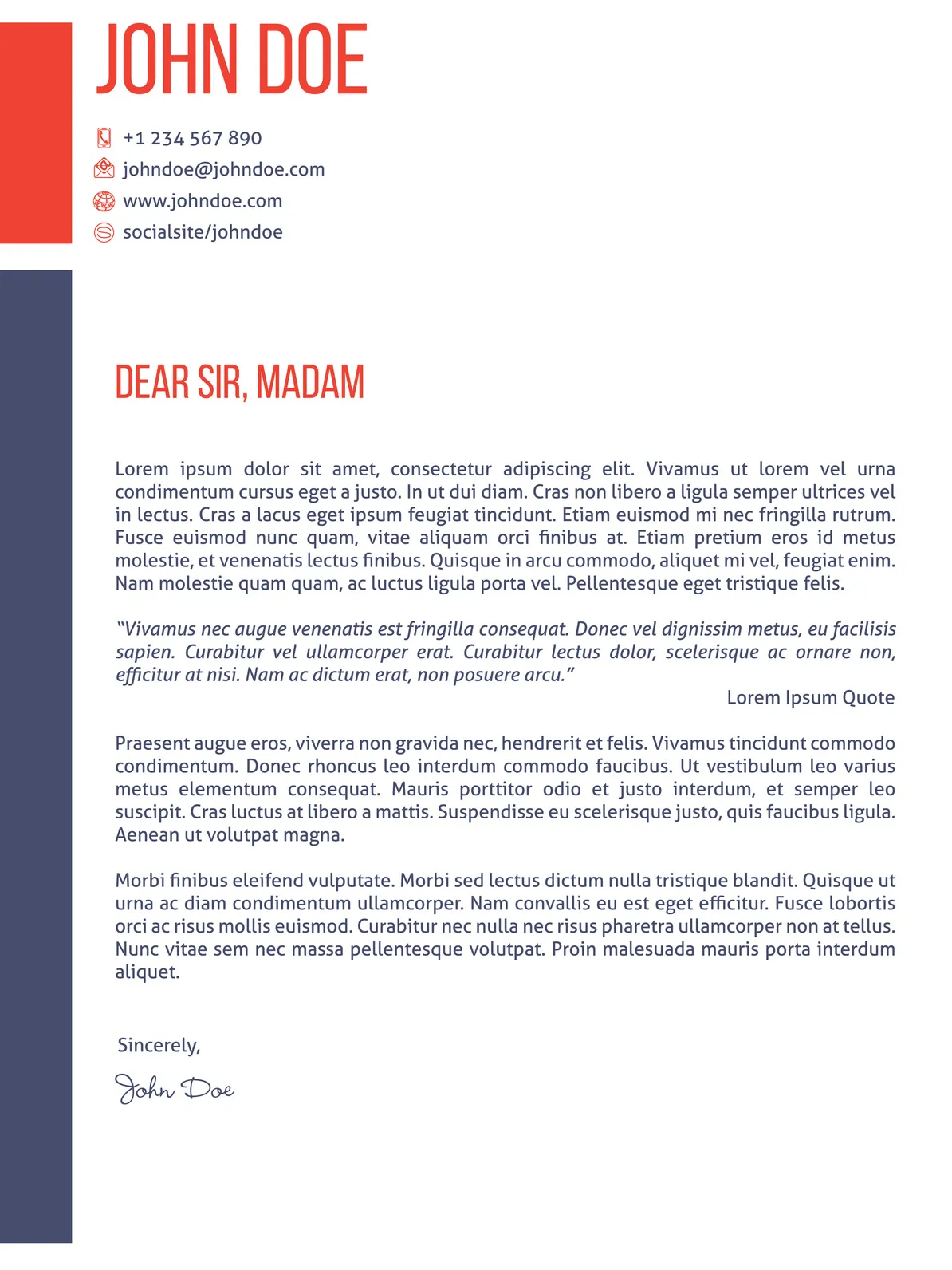
Once you have researched the company and role, customize your cover letter content to match the job requirements. Highlight the skills and experiences mentioned in the job description. Use the same keywords and phrases used in the job posting. Provide specific examples of how you have demonstrated those skills in previous roles. Tailor your language and tone to match the company’s culture. This demonstrates that you have the qualifications and the experience necessary to succeed in the position. By aligning your letter with the job requirements, you show that you are a strong fit for the role and increase your chances of getting an interview.
Proofreading and Editing
Proofreading and editing are essential steps in the cover letter writing process. A cover letter with errors can damage your credibility and undermine your chances of getting an interview. Proofread your letter carefully for grammar, spelling, punctuation, and formatting errors. Read the letter aloud to catch any awkward phrasing or inconsistencies. Consider asking a friend, family member, or career counselor to review your letter for feedback. Multiple sets of eyes can help identify errors you might have missed. Polishing your cover letter demonstrates your attention to detail and professionalism.
Common Mistakes to Avoid
Avoid these common cover letter mistakes: Generic language, typos and grammatical errors, overly long paragraphs, lack of personalization, and focusing solely on yourself. Don’t simply restate your resume; expand on your experiences and connect them to the job requirements. Ensure you address the hiring manager by name whenever possible, and avoid using clichés or overly formal language. Make sure your letter flows smoothly and reads naturally, while demonstrating genuine enthusiasm for the role and the company. Keep your tone professional and concise, showcasing your unique value and how you can contribute to the company’s success.
Proofreading Tips for Accuracy

Use a grammar checker, read your letter aloud, and get a second opinion. Check for spelling errors, grammatical mistakes, punctuation issues, and formatting inconsistencies. Ensure your contact information is correct and up to date. Look for awkward phrasing or unclear sentences. Pay close attention to the use of keywords and ensure they are used correctly. Proofreading is a critical step in ensuring your cover letter is polished and professional. A well-proofread cover letter enhances your credibility and increases your chances of making a positive impression.
Resources and Templates
Take advantage of online resources and templates to help you write an effective cover letter. Many websites offer free cover letter templates that you can customize to fit your needs. Consider using a professional cover letter writing service for personalized assistance. Use these resources as a guide to structure your letter and ensure you include all the necessary elements. Ensure you are not directly copying; instead, adapt the templates to reflect your own skills, experiences, and the specific requirements of the job. Remember that tailoring your cover letter is key, so use the resources as a starting point and personalize your approach.
